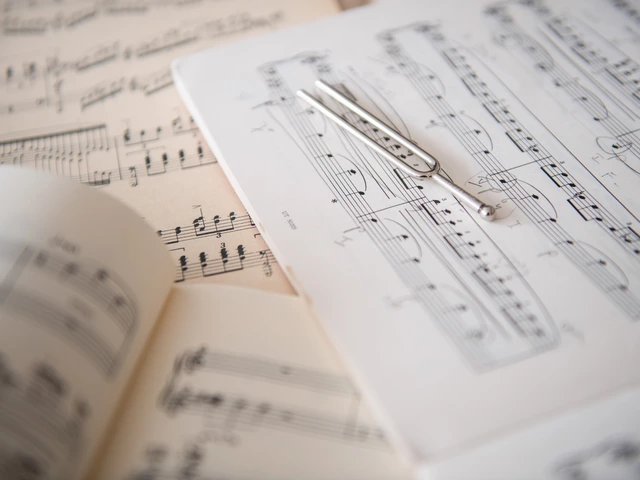Introduction to the Forbidden Riff
Before we begin, let's take a moment to understand what the forbidden riff is. The term 'forbidden riff' refers to a particular sequence of notes that is often played by beginner guitarists in music stores. It's not that the riff itself is bad or unplayable, but it has garnered a reputation for being overplayed. This riff, which is the opening sequence from the song "Stairway to Heaven" by Led Zeppelin, has become so popular among amateur players that it's often 'forbidden' in music stores. But why is it so? Let's delve into the history and significance of this infamous riff.
The History of the Forbidden Riff
Now, the forbidden riff has a history as intriguing as its name. It all started with the release of "Stairway to Heaven" in 1971. The song, with its captivating opening sequence, quickly caught the attention of guitarists around the world. The riff was relatively easy to play yet sounded impressive, making it a favorite among beginners. It became so popular that it was often the first thing that people would try to play when testing out a new guitar in a music store. This led to the riff being played countless times, often poorly, causing it to irritate store employees and other customers. As a result, many music stores 'forbanned' the playing of this riff, giving it its infamous name.
Why is it 'Forbidden'?
So, why is the forbidden riff actually 'forbidden'? The main reason is overexposure. The riff became so popular among amateur guitarists that it was played in stores so often, it drove the staff and other customers insane. Imagine hearing the same sequence of notes, played poorly, over and over again. It's enough to drive anyone crazy. In fact, some stores even put up signs specifically asking customers not to play the forbidden riff! The taboo became so widespread that it eventually grew into a sort of inside joke in the music community.
Breaking Down the Forbidden Riff
At this point, let's break down the forbidden riff. It starts with an A minor chord, followed by an A minor/G#, then an A minor/G, and finally an A minor/F#. The sequence is then repeated with a few variations. This progression creates a haunting, ethereal sound that is instantly recognizable. Despite its simplicity, the forbidden riff is actually a great example of using chord inversions and descending bass lines to create a unique sound.
The Forbidden Riff in Popular Culture
The forbidden riff has permeated popular culture to a surprising extent. It's been referenced in movies, TV shows, and even cartoons. For example, in the movie "Wayne's World," there's a scene where Wayne is testing out a guitar in a music store and begins to play the forbidden riff, only to be stopped by a sign that reads "No Stairway to Heaven." This scene perfectly captures the cultural significance of the forbidden riff and its status as a running joke in the music community.
Respect for the Forbidden Riff
Despite its reputation, the forbidden riff deserves a lot of respect. It's a beautifully constructed sequence of notes that has inspired countless beginner guitarists to pick up the instrument. It's a testament to the power of music and the impact that a single song can have on popular culture. So, while it may be overplayed and even annoying to some, the forbidden riff will always hold a special place in the hearts of musicians everywhere.
Conclusion: The Lasting Legacy of the Forbidden Riff
In conclusion, the forbidden riff is much more than just an overplayed sequence of notes. It's a symbol of the universal appeal of music and the joy of learning to play an instrument. Despite its dubious reputation, it has inspired countless people to pick up a guitar and start their own musical journey. So, the next time you hear the forbidden riff, whether it's in a music store or on a classic rock radio station, take a moment to appreciate its lasting legacy. Who knows, it might just inspire you to pick up a guitar and start playing!









